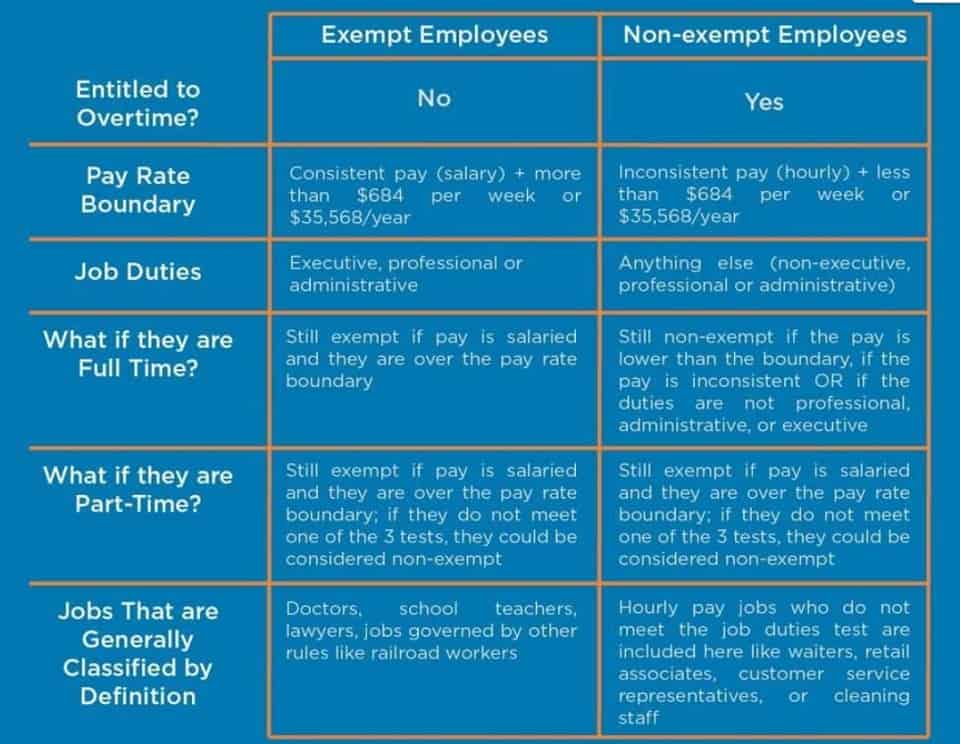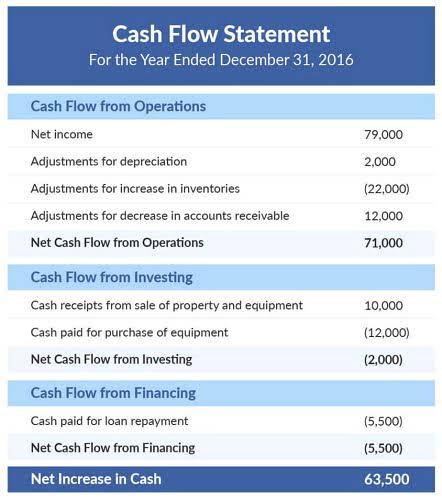
In exchange for the preferential treatment of dividends, preferred shareholders usually will not share in the corporation’s increasing earnings and instead receive only their fixed dividend. If a corporation purchases a significant amount of its own stock, the corporation’s earnings per share may increase because there are fewer shares outstanding. Capital stock is a term that encompasses both common stock and preferred stock.
Stablecoins are Redefining Finance as More Investors Buy USD Coin
- A sole proprietorship is a simple form of business where there is one owner.
- Dividends are analogous to draws/withdrawals by the owner of a sole proprietorship.
- In May 2011, Citigroup reverse split its shares 1-for-10 in an effort to reduce its share volatility and discourage speculator trading.
- If an investor owns 1,000 shares and the corporation has issued and has outstanding a total of 100,000 shares, the investor is said to have a 1% ownership interest in the corporation.
- It is important to note that there is no entry to record the liability for dividends until the board declares them.
- When declaring stock dividends, companies issue additional shares of the same class of stock as that held by the stockholders.
We focus on financial statement reporting and do not discuss how that differs from income tax reporting. Therefore, you should always consult with accounting and tax professionals for assistance with your specific circumstances. An alternative to having Appropriated Retained Earnings appearing on the balance sheet is to disclose the specific situation in the notes to the financial statements. Corporations are able to offer a variety large stock dividends and stock splits are issued primarily to: of features in their preferred stock, with the goal of making the stock more attractive to potential investors. All of the characteristics of each preferred stock issue are contained in a document called an indenture. When a corporation sells some of its authorized shares, the shares are described as issued shares.
- (The stock might trade daily while similar parcels of land in the area may sell once every few years.) In other situations, the common stock might rarely trade while the value of a service received is well-established.
- As a result, they decide that their articles of incorporation should authorize 100,000 shares of common stock, even though only 1,000 shares will be issued at the time that the corporation is formed.
- Rather, it is the distribution of more shares of the corporation’s stock.
- Reducing the trading price into a more comfortable range will make their stock look more attractive from a per-share price and encourage investors to buy it.
- After a 10% stock dividend, the stockholder still owns 1% of the outstanding shares—1,100 of the 110,000 outstanding shares.
- While the split reduced the number of its shares outstanding from 29 billion to 2.9 billion shares, the market cap of the company stayed the same at approximately $131 billion.
Appropriations or Restrictions of Retained Earnings

So if an investor has one share of a company’s stock valued at $10, after a 2-for-1 stock split, they would have two shares of stock at $5 each. The two shares combined are worth the same as the one you started with, and the value of your investment remains unaffected. Generally these omitted dividends were not declared and, therefore, do not appear on the corporation’s balance sheet as a liability.

Key Features of Modern Financial Software
Many of the legal requirements imposed on a corporation do not apply to sole proprietorships. A record in the general ledger that is used to collect and store similar information. For example, a company will have a Cash account in which every transaction involving cash is recorded. A company selling merchandise on credit will record these sales in a Sales account and in an Accounts Receivable account. Liabilities also include amounts received in advance for a future sale or for a future service to be performed.

Markets

(The stock might trade daily while similar parcels of land in the area may sell once every few years.) In other situations, the common stock might rarely trade while the value of a service received is well-established. The book value of one share of cumulative preferred stock is its call price plus any dividends in arrears. If a 10% cumulative preferred stock having a par value of $100 has a call price of $110, and the corporation has two years of omitted dividends, the book value per share assets = liabilities + equity of this preferred stock is $130. After a 2-for-1 stock split, an individual investor who had owned 1,000 shares might be elated at the prospect of suddenly being the owner of 2,000 shares. However, every stockholder’s number of shares has doubled—causing the value of each share to be worth approximately half of what it was before the split.

Why do companies split stock?
A stock dividend is a payment made in additional shares based on the number of shares already owned, reflecting a distribution of earnings. Both increase the number of shares but have different implications and reasons. A reverse split reduces a company’s outstanding shares increasing per-share Retail Accounting value. It is typically done to avoid being delisted from an exchange if the stock is nearing the minimum share price allowed on that exchange.

